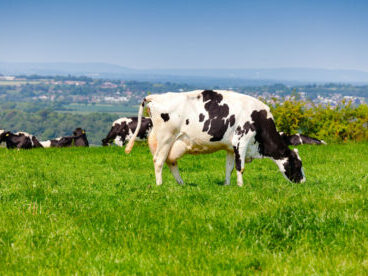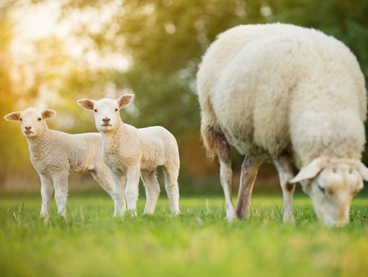Swapping a straight oil product for one containing a balance of oils including omega 3’s EPA & DHA will help improve dairy cow fertility.
Don’t let fertility fall away at grass
Swapping a straight oil product for one containing a balance of oils including omega 3’s EPA & DHA will help improve dairy cow fertility according to David Bonsall, UFAC UK Regional Sales Manager in Scotland and the North of England.
Once cows are out on grass, the focus for many farms will be on getting good yields from minimal feed rates to maximise margins. However, it is also essential to make sure there is no dip in fertility as the long term consequences can soon outweigh the short term gains.
Getting cows back in calf quickly, based on strong exhibition of heat and high conception rates with low levels of embryo mortality must remain high on every farmer’s list of priorities this spring and summer.
One way to help ensure good fertility is to make sure cows are receiving the essential fatty acids they require, in particular the principal omega 3’s EPA and DHA.
Grazed grass is low in these fatty acids. Research shows that ensuring cows are receiving sufficient amounts of omega 3 fatty acids from marine sources along with achieving the optimal 4:1 ratio of omega 6: omega 3 can have a significant effect on fertility without adding markedly to diet cost. Omega 3’s EPA & DHA play vital roles in dairy cow fertility.
The first role is ensuring strong follicles which results in larger, more viable eggs and increased strength of bulling behaviour. Together, these will help reduce calving to conception interval.
The second role is in reducing embryo mortality. Early embryo loss is a major contributor to extended calving to conception intervals, reduced pregnancy rates and increased culling.
These specific omega 3’s, stimulate higher levels of progesterone and lower levels of prostaglandin at time of conception, which together help reduce early embryo mortality.
For example, feeding Omega 3 Supplement would be beneficial to cows as it is specially formulated to ensure they receive energy and sufficient omega 3’s. This will help ensure the optimum omega 6: omega 3 ration of 4:1 is achieved, helping ensure fertility remains at high levels while cows are on grass. This should maximise the short term benefits, while avoiding longer term knocks to production due to fewer fresh calvers.


 Back to News
Back to News 



